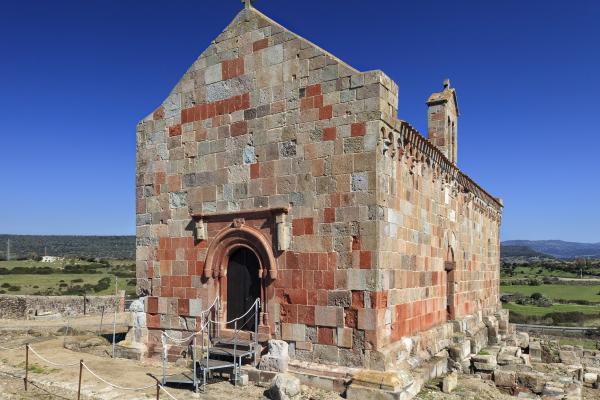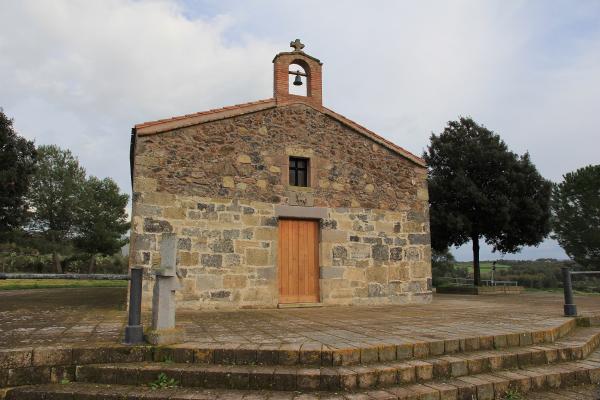From a small hill, it stands with all its immensity, dominating the Tirso Valley: it is one of the largest and best-preserved Bronze Age monuments in central Sardinia. The nuraghe Santa Barbara - with the same name as that of Macomer – stands in the locality of Tanca sa Cresia, in the territory of Villanova Truschedu, a small village twenty kilometres from Oristano: you can get to it from the provincial road SP 9, which passes by the ancient Sanctuary of San Gemiliano, after crossing a bridge over the river and walking along a short path. It is a shining example of an ‘a tancato’ building, consisting of two circular towers, a larger original one and a smaller one that was added later, connected by a curtain wall that encloses a courtyard, bordered by embedded stones.

Nuragic or pre-Nuragic archaeology
An impressive and well-preserved Nuragic monument, guardian of religious mysteries, is the symbol of a small town in Barigadu, in central-western Sardinia
An impressive and well-preserved Nuragic monument, guardian of religious mysteries, is the symbol of a small town in Barigadu, in central-western Sardinia
See this place because...
You will discover extraordinary evidence of the Nuragic civilisation, where sacred divination rituals were carried out and prehistoric divinities “appeared”
Pictures and videos
Ti piace questo luogo? Golfo di Oristano (Oristano Gulf) potrebbe essere la tua meta ideale.
You may also like
More attractions in the vicinity














